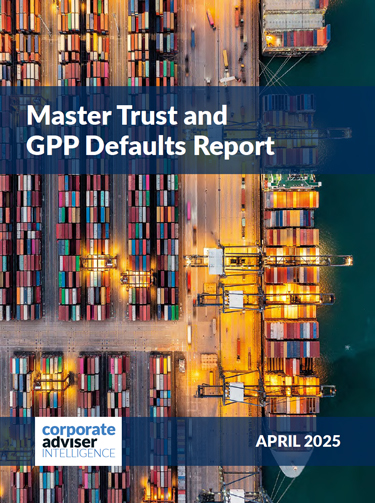The cost of the Minimum retirement lifestyle has fallen, with a two-person household now needing £21,600 per year and a one-person household £13,400, which is a £1,000 drop from last year.
According to the PLSA’s latest Retirement Living Standards (RLS), this reflects lower energy prices and changes in public expectations. In contrast, the Moderate and Comfortable standards have increased slightly due to inflation, though lower energy prices have helped keep costs down.
The RLS, created by Loughborough University for the PLSA, show the costs for three levels of retirement living, which are Minimum, Moderate, and Comfortable. Energy costs have fallen significantly since the last update. Two-person households at the Minimum level now save £12.44 a week on energy, while one-person households save £8.82. At the Moderate and Comfortable levels, weekly savings are £16.74 and £15.38, respectively.
Research groups for the Minimum standard said they need a bit more for things like clothes, haircuts, technology, taxis, and charity. They also agreed that rail travel costs should go up because fares are higher and trips are longer, with rail budgets rising from £100 to £180 per year per person. The Moderate and Comfortable standards have gone up a little too, mainly because of inflation.
The way living arrangements are described has changed from “single” and “couple” to “one-person” and “two-person” households, which, according to the PLSA, better reflect that many retirees live with someone, but not always a partner, and share living costs.
Recent PLSA survey data reveal that 75 per cent of people currently live with family members, 22 per cent live alone, and 3 per cent live with non-family members. Around 77 per cent expect to live with someone in retirement, while only 23 per cent anticipate living alone. Just 12 per cent said they want to live alone to avoid sharing costs, indicating a broad openness to shared living arrangements such as roommates or housemates.
The PLSA stresses that the RLS are intended as flexible guidelines rather than fixed savings targets, encouraging individuals to adapt them to their own circumstances. Additionally, the state pension remains crucial, particularly for those at the Minimum level. A two-person household receiving the full new state pension (£23,946 combined in 2025/26) can meet the costs of the Minimum Standard.
Pensions and Lifetime Savings Association director of policy and advocacy Zoe Alexander says: “We’re not just seeing changes in costs, we’re seeing changes in how retirees live. Retirement isn’t a one-size-fits-all experience. The Standards recognise that retirees can share costs, often with a partner, and that can make a huge difference to affordability in later life.
“For many, retirement is about maintaining the life they already have not living more extravagantly or cutting back to the bare essentials. The Standards are designed to help people picture that future and plan in a way that works for them.
“Automatic enrolment sets pension contributions at 8 per cent, which is a solid starting point – especially if you begin early. But for many, saving 12 per cent or more offers a better chance of reaching the retirement they expect. While defaults may rise in the future, it’s important for savers to consider whether 8 per cent will be enough for their goals. Everyone’s situation is different, and contributions should be manageable. But if your circumstances improve, even small increases can make a big difference to your future.
“This year’s findings show that costs can go down as well as up. But planning matters more than ever. Whether you’re on your own or sharing your future with someone else, these Standards are here to help savers picture and plan their retirement – with real figures, real choices and real flexibility.”
Centre for Research in Social Policy at Loughborough University co-director Professor Matt Padley says: “Our research on what the public agree is needed in retirement at these three different levels continues to track changes in expectations, shaped by the broader economic, social and political context. The consequences of the cost-of-living challenges over the past few years are still being felt, and we’ve seen some subtle changes in public consensus about minimum living standards in retirement, resulting in a small fall in the expenditure needed to reach this standard.
“In these uncertain times, planning in concrete ways for the future is ever more important, and the RLS help people to think in more concrete ways about what they want their retirement to look like, and how much they will need to live at this level.”
Scottish Widows head of pension policy Pete Glancy says: “There are two ways to improve people’s standard of living in retirement. One is to increase people’s incomes through a larger pension, the other is to reduce living costs. The PLSA have reflected the current short term reduction in energy costs through into a reduced living costs forecast. Other major living costs include housing and transport. Investing in our infrastructure to deliver long term reductions in energy, housing and transport costs will go a long way to improving the standard of living experienced by pensioners in the future.”





